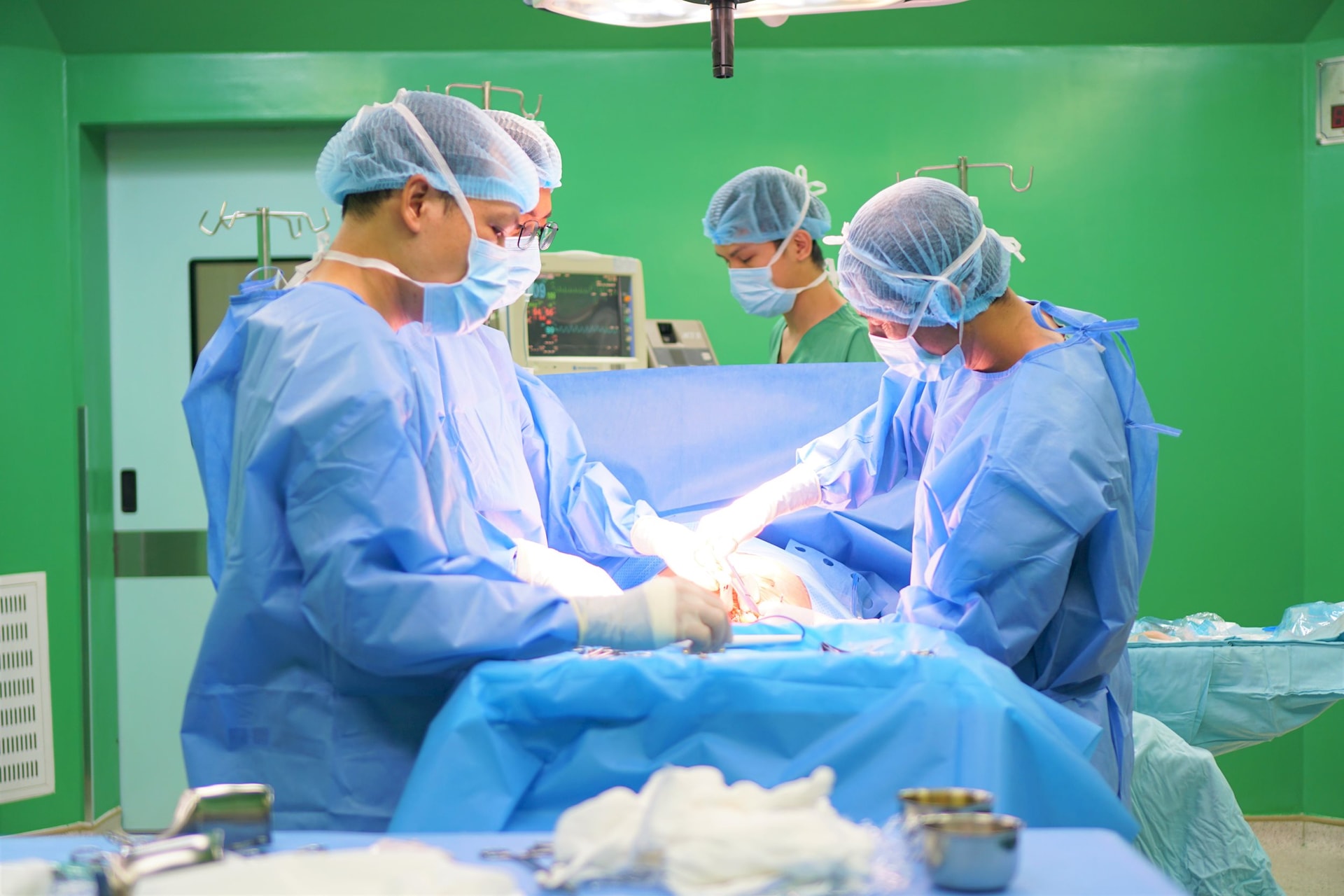
Previously, pregnant woman NLT (30 years old) was 37 weeks pregnant and was hospitalized with dull pain in the epigastric region. Initial clinical and laboratory results did not clearly identify the cause.
After consultation, the doctor decided to perform a magnetic resonance imaging (MRI) scan - a safe method during pregnancy - and discovered acute appendicitis, with signs of pus, edema and infiltration of surrounding tissue.
Doctors decided to perform magnetic resonance imaging (MRI) and discovered acute appendicitis, fluid-filled lumen, edema, and surrounding infiltration.
Dr. Nguyen Duc Dung - Department of Gastroenterology, said: "In pregnant women, especially in the last 3 months, the position of the appendix can change due to the large development of the fetus, the uterus compresses and pushes the organs in the abdomen, including the appendix, to the upper abdomen. Normally, the appendix is located in the right side of the lower abdomen. Diagnosis at this time is easily confused with common digestive diseases. Clinical experience and the use of appropriate diagnostic tools play a key role in accurately identifying the patient's diseases."
At the time of emergency, while monitoring the condition of appendicitis, the fetal heart chart simultaneously recorded signs of premature labor: 2 strong uterine contractions/10 minutes, cervix dilated 1cm.
Faced with the risk of appendicitis and pus rupture that could occur at any time, an interdisciplinary consultation (including Obstetrics, Gastroenterology, and Diagnostic Imaging) decided to perform a cesarean section combined with an appendectomy.
The surgery was performed simultaneously by two teams. After 45 minutes, the fetus was born healthy, weighing 2.7 kg; the purulent appendix with many pseudomembranes was promptly removed, with no post-operative infection complications recorded. Both mother and child are stable and can be discharged after 3 days.
According to Master - Doctor Ho Thuyen, Department of Obstetrics and Gynecology, appendicitis in pregnant women is a rare surgical disease, with a rate of about 1/2,000 cases, mainly occurring in the second and third trimesters. Due to anatomical changes during pregnancy, signs of appendicitis are often faint and are likely to be obscured by common signs in the postpartum period, making patients easily subjective, leading to many dangerous complications such as peritonitis, appendiceal abscess, etc.
Doctors recommend that pregnant women should not self-monitor at home if they have abdominal pain, especially localized, dull pain in the right abdomen or epigastric region, that does not subside after resting. Early and complete examination helps promptly detect potential dangerous causes.
Source: https://baodanang.vn/phau-thuat-kep-hiem-gap-mo-lay-thai-37-tuan-ket-hop-cat-ruot-thua-viem-3265109.html






















![[Photo] Gia Lai provincial leaders offer flowers at Uncle Ho's Monument with the ethnic groups of the Central Highlands](https://vphoto.vietnam.vn/thumb/1200x675/vietnam/resource/IMAGE/2025/7/9/196438801da24b3cb6158d0501984818)












































































Comment (0)